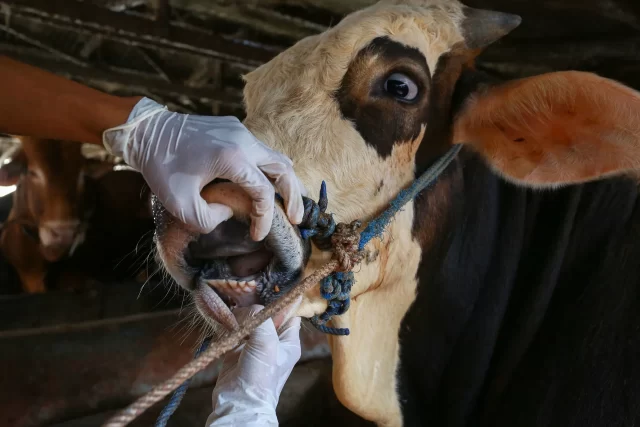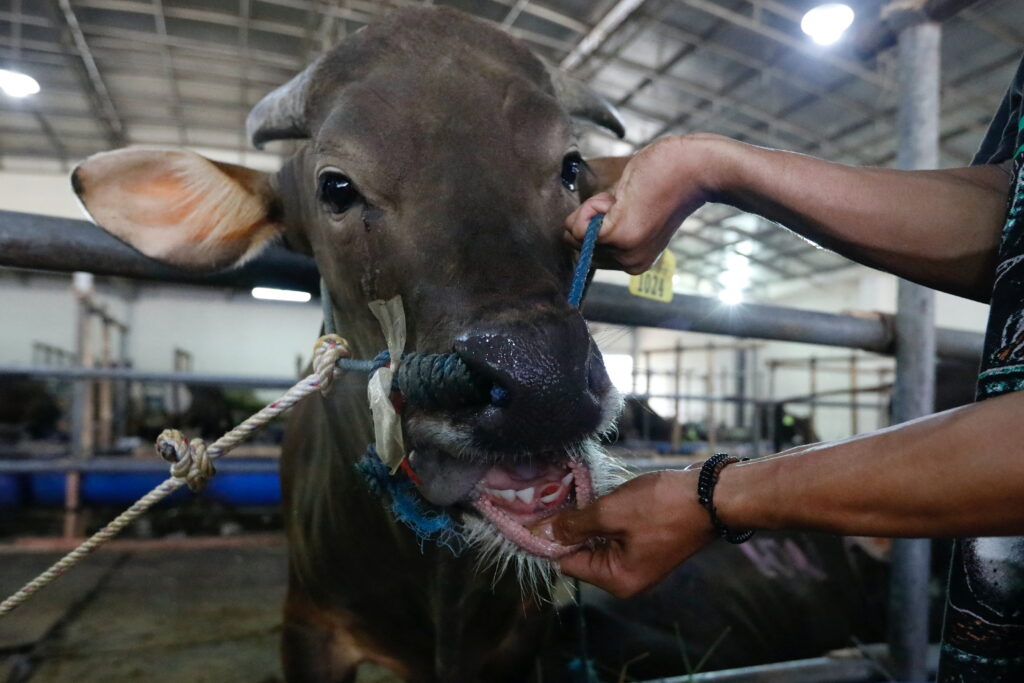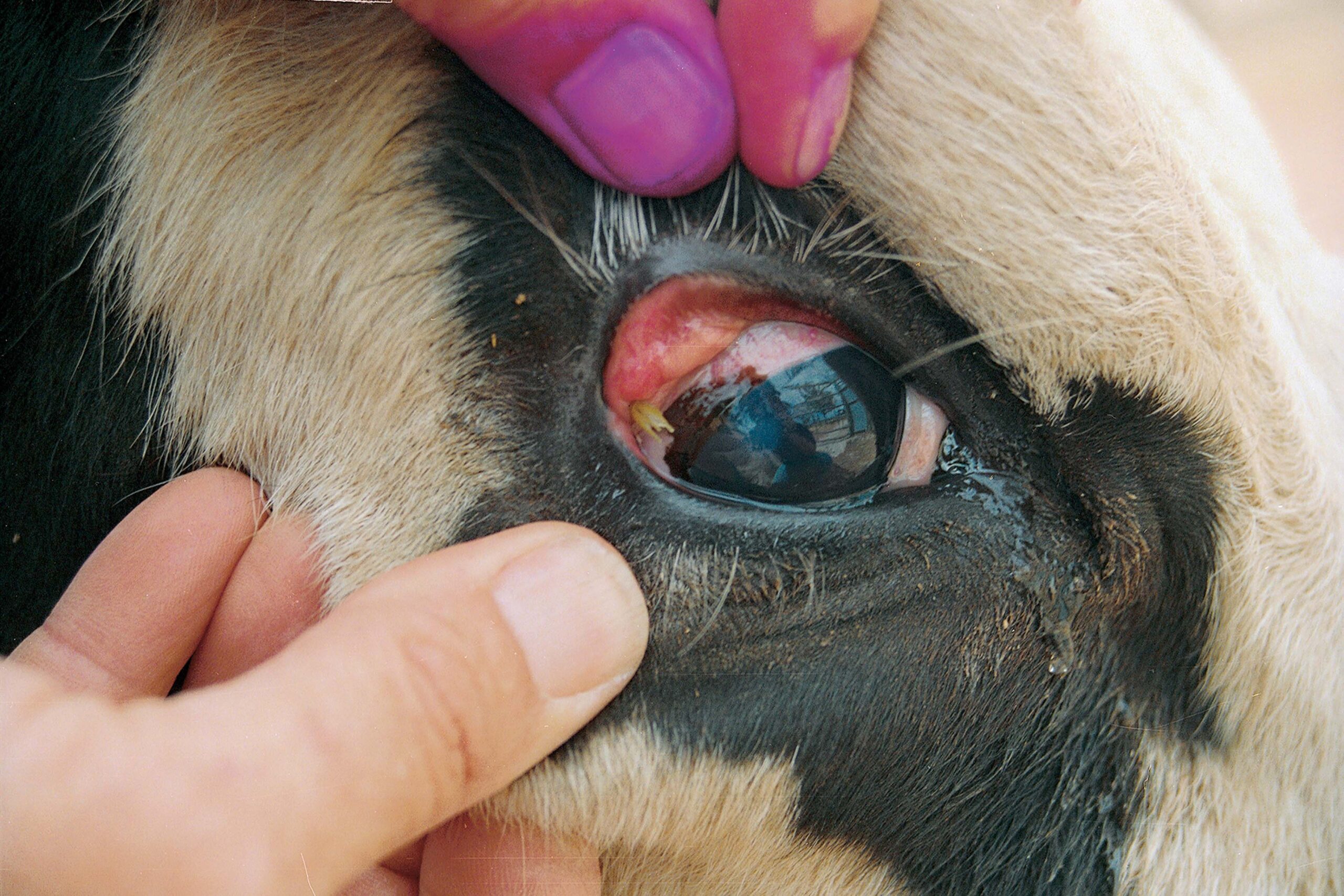
Foot and Mouth Disease (FMD)
A Global Threat to Livestock and Agriculture
Foot and Mouth Disease (FMD) is one of the most contagious and economically devastating diseases affecting cloven-hoofed animals, including cattle, sheep, goats, pigs, and deer. Known for its rapid spread and severe impact on livestock productivity, FMD has been a major concern for farmers, veterinarians, and governments worldwide. This article delves into the causes, symptoms, prevention, and global implications of FMD, as well as the ongoing efforts to control and eradicate this disease.
About: Foot and Mouth Disease (FMD)
FMD is a highly contagious viral disease that affects cloven-hoofed animals. It is caused by the Foot and Mouth Disease Virus (FMDV), which belongs to the Picornaviridae family. The virus has seven distinct serotypes (O, A, C, SAT1, SAT2, SAT3, and Asia1), each requiring specific vaccines for effective protection. FMD is not a direct threat to human health, but its impact on livestock and agriculture is profound, making it a significant concern for food security and trade.
The disease is characterized by fever, blister-like lesions on the mouth, tongue, hooves, and teats, leading to severe pain, lameness, and reduced productivity. While the mortality rate in adult animals is relatively low, FMD can cause high mortality in young animals due to myocarditis (inflammation of the heart muscle).
Causes and Transmission of FMD
FMD is caused by the FMD virus, which is highly contagious and can spread rapidly through direct and indirect contact. Key modes of transmission include:
- Direct Contact:
- Infected animals can spread the virus to healthy animals through saliva, nasal secretions, milk, and feces.
- Close contact in crowded conditions, such as markets or transport vehicles, facilitates the spread of the virus.
- Indirect Contact:
- The virus can survive in the environment for extended periods, especially in cool and damp conditions.
- Contaminated equipment, vehicles, clothing, and feed can act as vehicles for transmission.
- Airborne transmission is possible, with the virus traveling several kilometers under favorable weather conditions.
- Human-Mediated Spread:
- People can inadvertently spread the virus through contaminated clothing, footwear, or equipment.
- Movement of infected animals or contaminated products can introduce the virus to new areas.
Symptoms of FMD
The clinical signs of FMD can vary depending on the species, age, and immune status of the animal. Common symptoms include:
- Fever: A sudden rise in body temperature is often the first sign of infection.
- Lesions: Blister-like sores (vesicles) appear on the mouth, tongue, gums, nostrils, hooves, and teats. These lesions can rupture, causing pain and discomfort.
- Excessive Salivation: Animals may drool excessively due to mouth sores.
- Lameness: Lesions on the hooves can cause severe pain, leading to reluctance to move or stand.
- Reduced Productivity: Infected animals often experience a drop in milk production, weight loss, and reduced growth rates.
- Mortality in Young Animals: Calves, lambs, and piglets may die suddenly due to myocarditis.
Diagnosis of FMD
Accurate and timely diagnosis of FMD is crucial for controlling outbreaks. Veterinarians and diagnostic laboratories use a combination of clinical signs and laboratory tests to confirm the presence of the virus. Diagnostic methods include:
- Clinical Examination: Observing characteristic lesions and symptoms.
- Virus Isolation: Collecting samples (e.g., saliva, tissue, or blood) to isolate and identify the virus.
- Serological Tests: Detecting antibodies against FMDV in the blood.
- Molecular Techniques: Using polymerase chain reaction (PCR) to detect viral genetic material.
Prevention and Control of FMD
Preventing and controlling FMD requires a coordinated effort involving farmers, veterinarians, and government agencies. Key strategies include:
- Vaccination:
- Vaccination is the most effective tool for preventing FMD in endemic regions. Vaccines are available for specific serotypes, and regular booster shots are required to maintain immunity.
- In FMD-free countries, vaccination is often restricted to avoid masking the presence of the virus.
- Biosecurity Measures:
- Restrict movement of animals, people, and equipment in and out of farms.
- Disinfect vehicles, equipment, and footwear to prevent contamination.
- Isolate new or sick animals to prevent the spread of the virus.
- Surveillance and Monitoring:
- Regular monitoring of livestock for signs of FMD.
- Reporting suspected cases to veterinary authorities immediately.
- Stamping Out:
- In FMD-free countries, infected and exposed animals are often culled to prevent the spread of the virus.
- Proper disposal of carcasses and contaminated materials is essential.
- Public Awareness:
- Educating farmers and the public about the risks of FMD and the importance of biosecurity.

Economic Impact of FMD
The economic impact of FMD is immense, affecting both individual farmers and national economies. Key consequences include:
- Loss of Productivity: Reduced milk production, weight loss, and poor growth rates in infected animals.
- Trade Restrictions: FMD-free countries often impose bans on livestock and animal products from affected regions, leading to significant trade losses.
- Control Costs: Expenses related to vaccination, surveillance, and culling can be substantial.
- Livelihoods: Small-scale farmers are particularly vulnerable to the economic impact of FMD, as they often lack the resources to recover from outbreaks.
Global Efforts to Control FMD
FMD is a global concern, and international organizations such as the World Organisation for Animal Health (WOAH) and the Food and Agriculture Organization (FAO) are working to control and eradicate the disease. Key initiatives include:
- Global FMD Control Strategy: A coordinated effort to reduce the burden of FMD in endemic regions and prevent its spread to FMD-free areas.
- Vaccine Banks: Establishing regional vaccine banks to ensure rapid access to vaccines during outbreaks.
- Capacity Building: Training veterinarians and farmers in FMD prevention and control measures.
- Research and Development: Developing more effective vaccines, diagnostic tools, and treatment options.
The Future of FMD Management
Advancements in science and technology are offering new hope for the control and eradication of FMD. Some promising developments include:
- Synthetic Vaccines: Researchers are working on synthetic vaccines that provide broader protection against multiple serotypes.
- Rapid Diagnostics: Portable diagnostic devices are being developed to enable on-site testing and faster response to outbreaks.
- Genetic Resistance: Breeding animals with enhanced resistance to FMD could reduce the incidence of the disease in the future.
Conclusion
Foot and Mouth Disease remains a significant threat to global livestock production and food security. While the disease is not a direct risk to human health, its economic and social consequences are profound. By implementing effective prevention and control measures, investing in research, and fostering international collaboration, we can reduce the burden of FMD and protect the livelihoods of millions of farmers worldwide.

















